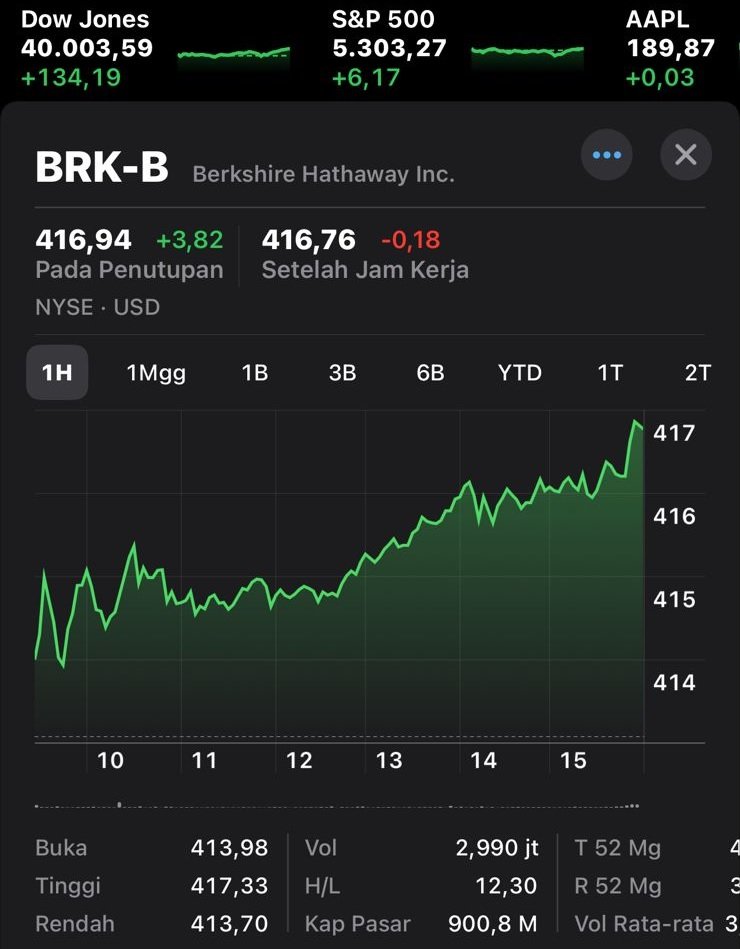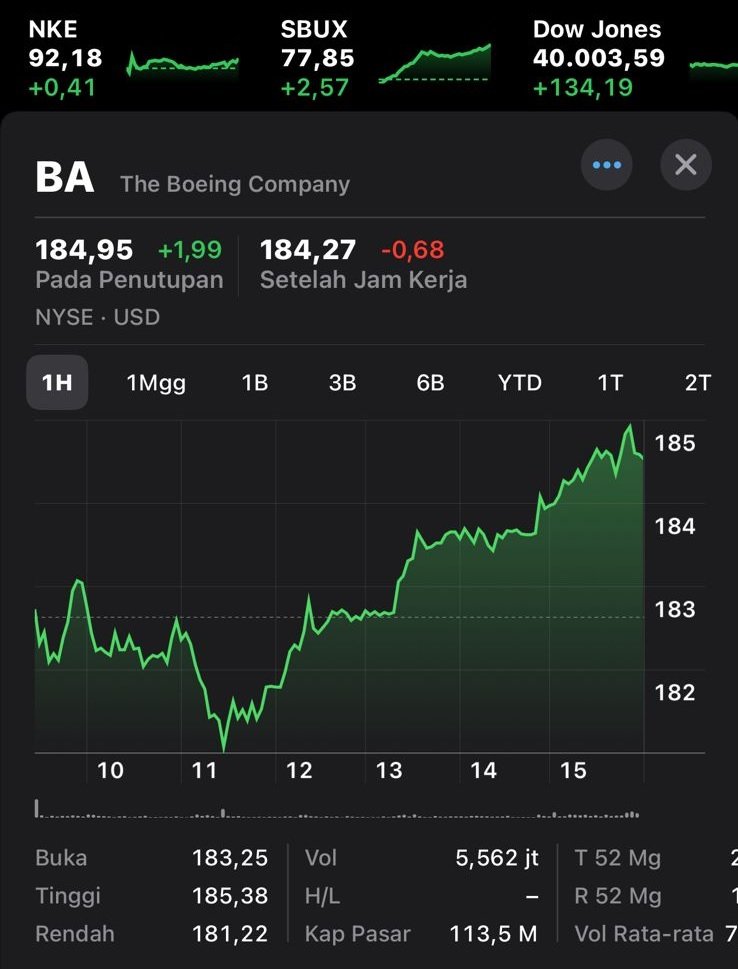The Cambridge Theory of Money Demand is a leading economic theory that attempts to explain the relationship between the demand for money and the factors determining that demand. The Cambridge Money Demand Theory was first developed by economists at Cambridge University in the early 20th century, the Cambridge Money Demand Theory has played an important role in shaping our understanding of how individuals and the business world make decisions regarding their money holdings.
In essence, the Cambridge Theory of Money Demand argues that the demand for money is a function of various factors, including income, interest rates, and price levels. According to this theory, individuals and business entities hold money for transactional purposes and serve as a store of value. Therefore, the demand for money is influenced by the need for liquidity in carrying out daily transactions and the opportunity costs of holding money compared to holding other assets.
We can trace the history of the Cambridge Money Demand Theory back to the work of Marshall and Arthur Pigou, who are two leading economists from Cambridge University. In the late 19th and early 20th centuries, Marshall and Arthur Pigou laid the foundation for their theory by emphasizing the role of money as a medium of exchange and store of value.
In the following period, John Maynard Keynes, another influential economist at Cambridge, further refined and popularized this theory in his important work, namely “The General Theory of Employment, Interest, and Money.” Keynes argued that the demand for money depends on the level of income and the interest rate, and changes in these income and interest rate variables can have a significant impact on aggregate demand and the stability of the economy.
Since its inception, the Cambridge Theory of Money Demand has undergone further development and refinement by economists after the emergence of this theory. Important contributions to the Cambridge Theory of Money Demand include the work of James Tobin and Milton Friedman, who introduced additional variables such as wealth expectations and inflation into the theory.
Key Concepts and components of the Cambridge Theory of Money Demand.
To understand the Cambridge Money Demand Theory, we first understand the main concepts and components of this theory. First, the Cambridge Theory of Money Demand distinguishes between transaction demand for money and asset demand for money. Transaction demand for money arises from the need to save money for daily transactions, while asset demand for money arises from people’s desire to store money as a store of value.
The Cambridge Theory of Money Demand also emphasizes the role of income in determining the demand for money. When people’s incomes increase, individuals and the business world in general need more money for transaction purposes, causing an increase in demand for money. Conversely, a decrease in people’s income results in a decrease in demand for money.
In addition, the Cambridge Money Demand Theory recognizes the influence of interest rates on the demand for money. When interest rates are low, the opportunity cost of holding money decreases, causing the demand for money to be higher. Conversely, when interest rates are high, the opportunity cost of holding money increases, thereby reducing the demand for money.
Empirical Evidence and Criticism of the Cambridge Theory of Money Demand.
Over the years, extensive empirical research has been conducted to test the validity of the Cambridge Money Demand Theory, and these studies provide mixed results that highlight the strengths and limitations of the Cambridge Money Demand Theory.
One of the main empirical findings that supports the existence of the Cambridge Money Demand Theory is the positive relationship between income and money demand. Numerous studies show that as incomes increase, individuals and businesses tend to have larger amounts of money with which they need to transact. This empirical evidence is in line with the core premise of the Cambridge Money Demand Theory regarding the transactional function of money.
However, critics of this theory point out several limitations of the Cambridge Money Demand Theory. One critical thought about this theory is that it assumes a stable relationship between the demand for money and the factors determining the value of this money. In reality, this relationship between demand and the determinants of the value of money can be influenced by various factors, including changes in financial innovation, banking practices, and technological advances. In addition, this theory does not adequately take into account the impact of people’s expectations on the economy and uncertainty on the demand for money.
Application and Practical Implications of the Cambridge Theory of Money Demand.
Even though it has limitations, it turns out that the Cambridge Money Demand Theory has important applications and practical implications in the fields of macroeconomics and monetary policy in this modern era. Central bankers and policymakers often use the Cambridge Theory of Money Demand as a framework to guide their monetary decisions regarding the money supply and interest rate policies in the economy.
By understanding the determinants of money demand according to the Cambridge Money Demand Theory, policymakers can make the right decisions to stabilize the economy and manage inflationary pressures. For example, during periods of economic expansion, policymakers typically adopt a policy of raising interest rates to reduce money demand and curb inflation. In contrast, during an economic crisis, policymakers adopt policies to lower interest rates with the aim of stimulating money demand and encouraging economic growth.













